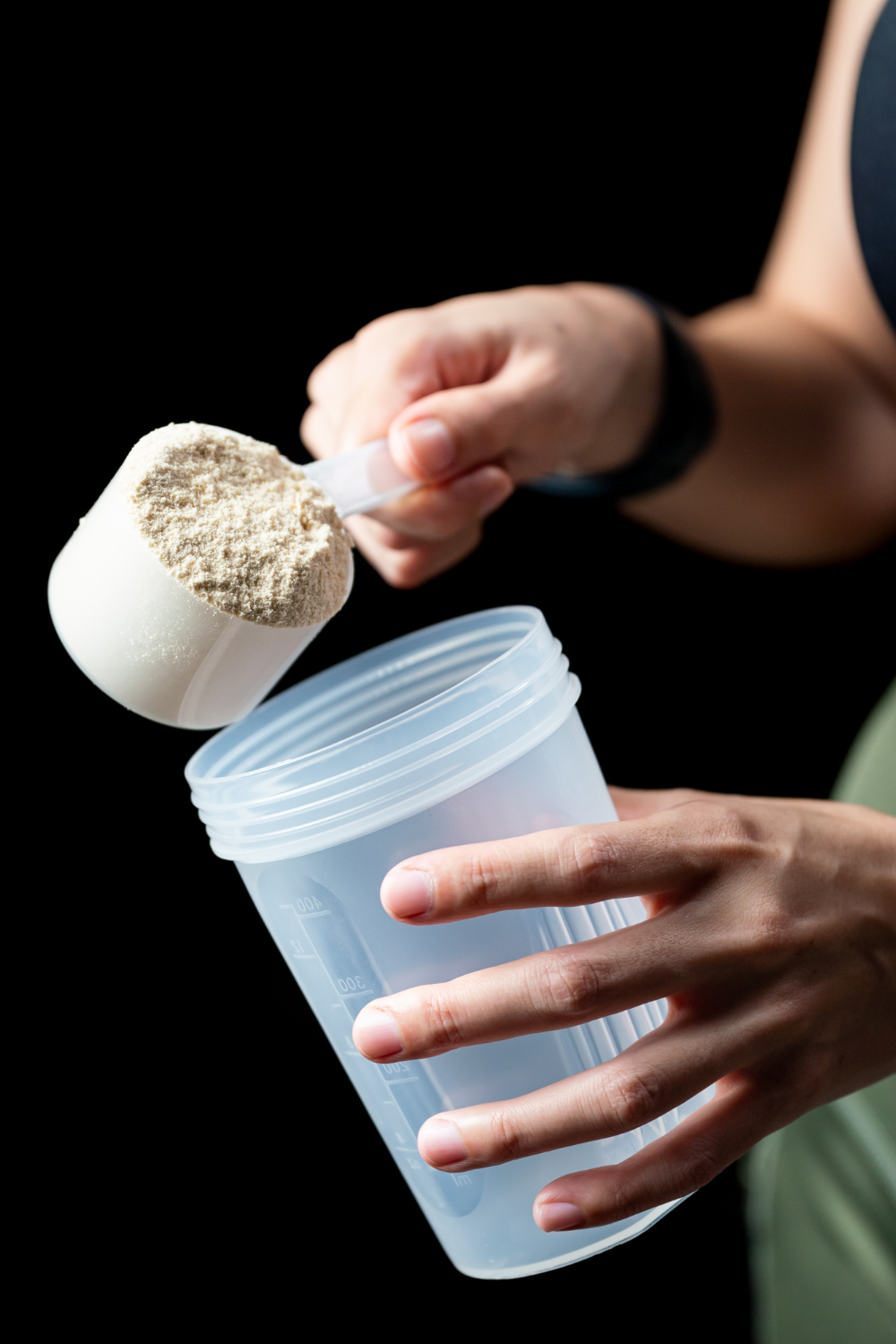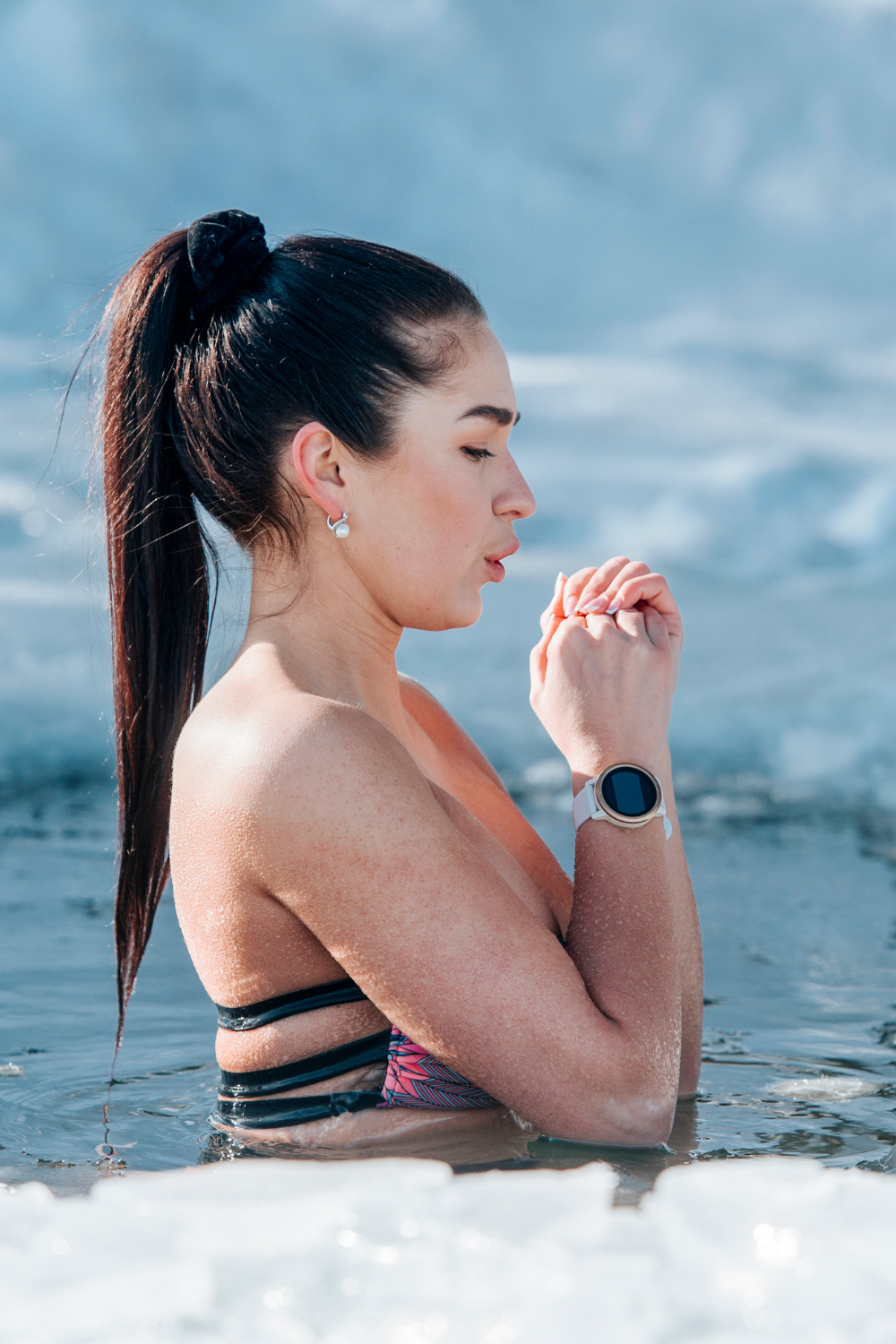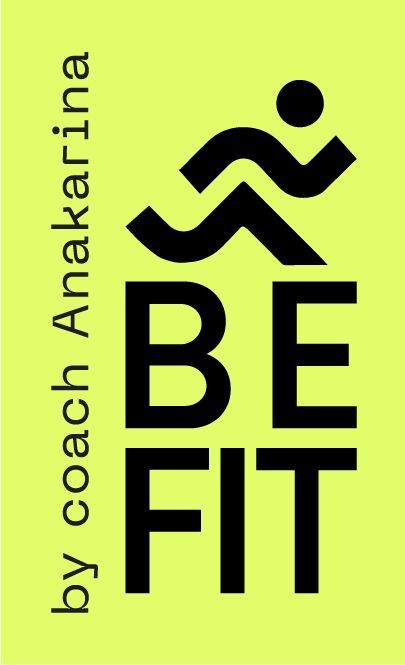Post-Run Recovery: How to Refuel, Rebuild, and Run Stronger
Why recovery matters more than you think?
There’s a moment after every run when your breath steadies, your heartbeat slows, and the adrenaline fades. Whether you just conquered your longest distance or pushed through an interval session that nearly broke you, what you do next isn’t just a footnote—it’s the foundation of your future progress.
Recovery is the unsung hero of every training plan. It’s what determines whether your body adapts or breaks down. And yet, so many runners overlook it. We check off the miles, glance at our stats, maybe stretch a little, and move on. But if your goal is to run stronger, longer, and injury-free, recovery needs to be as intentional as your toughest tempo session.
If you’ve ever been sidelined by burnout, lingering soreness, or a nagging injury that keeps you from hitting your goals, this guide is for you. You’re not lazy or weak—you might just be missing the recovery strategies that could change everything.
In case you’re new here, I’m Ana Karina, endurance coach certified running coach and founder of BeFit Runners. Whether you’re training for your first 5K or your third marathon, this guide will walk with you—stride by stride—into a stronger, more sustainable running lifestyle.
What is the best recovery after running?
Recovery starts the moment your run ends. Not an hour later. Not when you finally get hungry. Right then. This isn’t a passive process; it’s a deliberate act of self-respect. The best recovery covers four essential pillars:
- Refuel with purpose: Within 30–60 minutes, eat a mix of carbs and protein. Think a banana-peanut butter smoothie with oats, or a turkey sandwich with whole grain bread. This helps replenish glycogen stores and begins muscle repair immediately.
- Rehydrate wisely: Don’t just sip water—drink like it matters. Add electrolytes if your run lasted more than 45 minutes or if you were sweating heavily.
- Cool down gradually: Slow your system down with 5–10 minutes of walking, followed by light stretching. This promotes circulation and reduces stiffness.
- Sleep like a pro: Recovery doesn’t stop when you close your eyes. Deep sleep is where the real rebuilding happens. Aim for 7–9 hours per night.
At BeFit Runners, our
online membership for runners includes weekly recovery protocols and post-run routines that take the guesswork out of your rest days.

10 post-run recovery tips you haven’t tried (but should)
- Take a contrast shower: Alternating hot and cold water boosts circulation and reduces inflammation after long runs.
- Wear compression gear post-run: Compression socks or tights can enhance blood flow and speed up muscle recovery in the hours following a workout.
- Elevate your legs for 10–15 minutes: This simple practice can help reduce swelling and drain lactic acid after a hard effort.
- Try a short nap (yes, really): A 20–30 minute nap post-run can aid in recovery, especially if you didn’t sleep well the night before.
- Log your run and how you felt: Tracking not just distance and pace but also how your body responded helps you identify patterns and adjust training smartly.
- Use a recovery app or journal: Guided prompts can help you reflect, stay consistent, and reduce mental fatigue alongside physical stress.
- Focus on breathwork: Just five minutes of deep, diaphragmatic breathing post-run can lower cortisol levels and ease your nervous system.
- Fuel with antioxidants: Add berries, leafy greens, or turmeric to your post-run meals to help fight free radicals caused by training stress.
- Disconnect and rest mentally: Avoid overstimulating yourself with emails or screens right after a run. Let your mind recover, not just your muscles.
- Celebrate the small wins: Take a moment to acknowledge your effort—whether it was your longest run or just showing up. Progress starts with presence.

What is the 80% rule in running?
The 80/20 rule is one of the most transformative concepts in endurance training: run 80% of the time at low intensity and 20% at high intensity. It’s not a shortcut—it’s a strategy rooted in science.
So many runners fall into the “grey zone,” running too hard on easy days and too easy on hard days. This drains your energy, limits your progress, and raises your injury risk.
By training mostly at an easy, conversational pace, you build aerobic endurance while giving your muscles, joints, and nervous system time to adapt. Save the speed for when it counts. Your race-day performance will thank you.
Inside BeFit Runners, we help you decode your effort levels and use heart rate or pace to train in your optimal zones.
What is the best recovery food after running?
After you log those miles, your body is in a window of opportunity. It’s primed to absorb nutrients and begin the recovery process—so give it what it needs:
- Protein (15–25g): Kickstart repair with options like eggs, lentils, tofu, or a clean protein shake.
- Carbohydrates: Think complex carbs like sweet potatoes, quinoa, or whole grain toast.
- Fats: Healthy fats like avocado, seeds, or a drizzle of olive oil support hormonal balance and reduce inflammation.
Examples of recovery meals:
- Greek yogurt with berries and a sprinkle of granola
- Grilled chicken bowl with brown rice and veggies
- Post-run smoothie with banana, spinach, protein powder, and chia seeds
Don’t overcomplicate it. Consistency beats perfection. Our nutrition guides and meal plans inside the BeFit membership take out the guesswork and help you fuel for every phase of training.

Post-run recovery supplements: Do you need them?
Supplements aren’t mandatory—but they can be useful, especially if your training volume increases.
- Electrolyte tablets: Replace sodium, potassium, and magnesium lost in sweat.
- Collagen peptides: May help reduce joint pain and improve tendon resilience.
- Magnesium or magnesium glycinate: Promotes deeper sleep and reduces cramping.
Think of supplements as support tools—not substitutes for real food or rest. Always start with a strong foundation before adding extras.

What’s the best post-run recovery drink?
A recovery drink should do three things: rehydrate, replenish, and repair. Options vary based on your needs:
- After long or intense runs: Try chocolate milk, a protein smoothie, or an electrolyte-rich drink with added carbs.
- After shorter runs: Water or a light electrolyte drink may be enough.
Mix it up and pay attention to how your body responds. Everyone’s recovery rhythm is unique.
What not to do after running?
Even the most seasoned runners fall into traps after a run. Here’s what to avoid:
- Skipping your cooldown: Ending abruptly can cause blood pooling and prolong recovery.
- Delaying your post-run meal: Your body needs nutrients now—not two hours later.
- Ignoring hydration: Thirst is a late signal. Start rehydrating as soon as you stop sweating.
- Pushing through pain: There’s a difference between soreness and injury. Learn to listen.
Your recovery doesn’t need to be perfect—but it does need to be intentional.

Post-workout recovery routines that work
Cooldown Exercises
After your final stride, keep moving. Walk for 5–10 minutes to lower your heart rate and promote circulation. This gentle transition tells your body it’s safe to shift into repair mode.
Static Stretching
Target the key muscles used in running: calves, hamstrings, quads, and glutes. Hold each stretch for 30 seconds, breathing deeply into the tension.
Foam Rolling
Use a foam roller to apply pressure to tight spots like your IT band, hip flexors, and calves. It may not feel good in the moment, but it improves mobility, circulation, and long-term recovery.
We offer full post-run stretching routines and foam rolling guides in our online coaching platform—so your body gets the same care you give your training.
Recovery is where your next run begins
Running is about more than chasing finish lines. It’s about coming home to yourself, mile after mile. Recovery is the moment you choose to honor your effort—to say, "I care enough to stay in this for the long run."
Every foam roll, every stretch, every well-balanced meal is a declaration: I am in this not just to run—but to run well.
You don’t need more
willpower. You need better recovery. And that’s what BeFit Runners is here to help you build.

Ready to recover smarter and run stronger?
Join the BeFit Running online membership for training plans that prioritize recovery as much as mileage. Because that’s what creates real results.
Let’s rebuild your body, reframe your limits, and run toward the strongest version of you.
* Blog Disclosure: Reading our blog does not replace any medical or health consultations with licensed professionals. This blog is created with educational purposes.

Hola, I'm coach Kari
Many of my athletes come to me because they no longer enjoy running, whether due to injury or simply because they're not improving their performance. I want to help you break out of this vicious cycle and enjoy running again. Through my running coaching, you will improve your techniques and become a stronger runner.
Download your running roadmap to 5k,10k or your first marathons (EN/ES available) 👇




